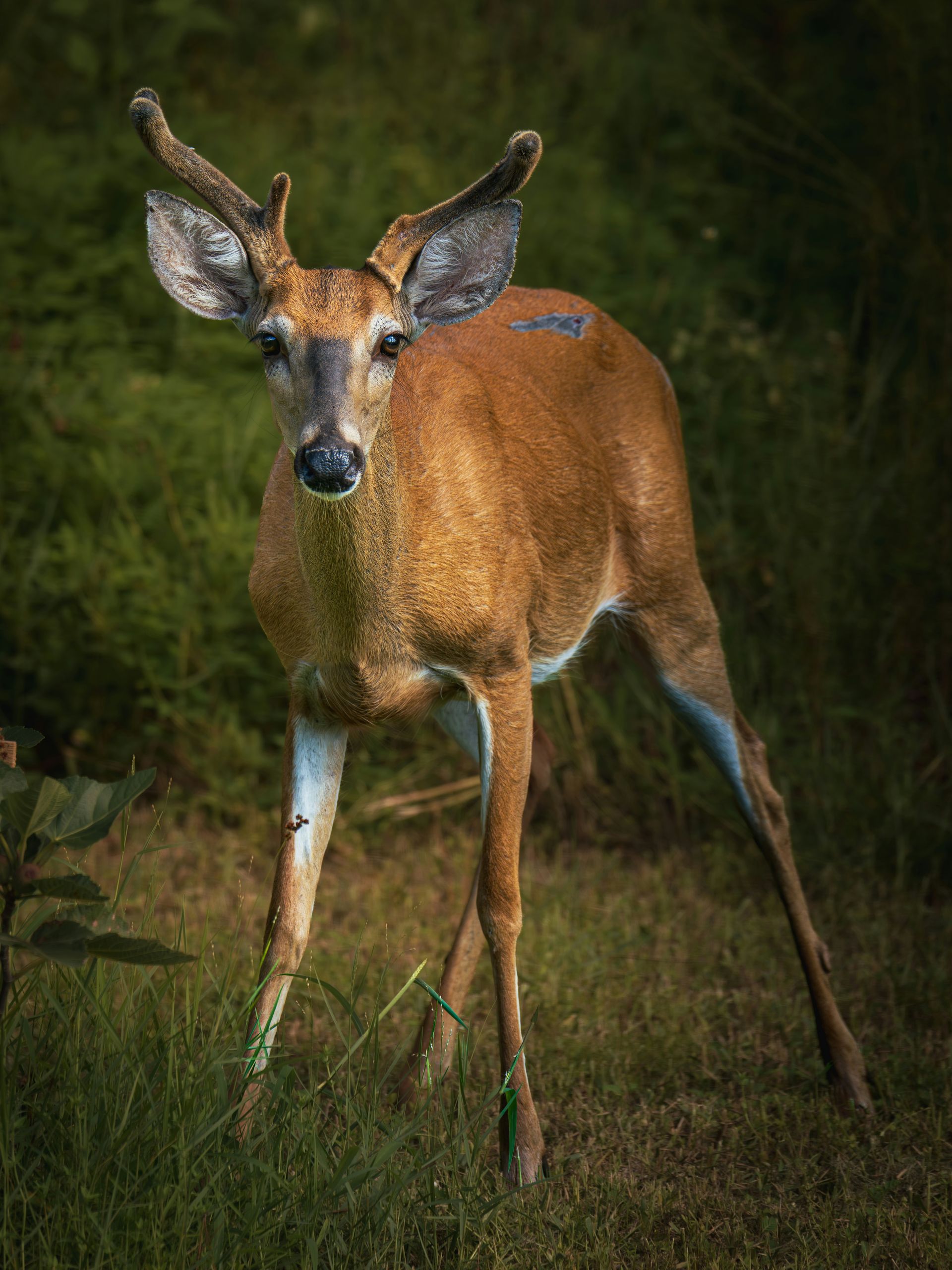Bobcats in Michigan: Secret Hunters
Michigan’s bobcats are among the most elusive predators moving through our forests, swamps, and brushlands. Their story is one of resilience, careful management, and the ongoing need for habitat conservation valued by hunters, trappers, and conservationists alike.
History
Bobcats have long roamed both of Michigan’s peninsulas, thriving in dense forests and brushy habitat shaped by natural disturbances such as wildfires and storms. They once filled an important ecological role as one of the state’s few large predators. Like many carnivores, however, their numbers declined in the late 1800s and early 1900s due to unregulated harvest, widespread logging, and expanding settlement. As wildlife management practices were introduced and seasons became regulated, bobcat populations rebounded. Today, the species stands as a testament to effective, science-based conservation and long-term habitat stewardship.
Characteristics
These elusive predators are medium-sized wild cats recognized by their short, banded tails, tufted ears, facial ruffs, and spotted coats, helpful to camouflage them within forested landscapes. Adults usually weigh between 15 and 35 pounds, according to A-Z Animals. Bobcats are highly adaptable and use a variety of habitats, including swamps, pine stands, clearcuts, and forest edges. Their ability to blend in not only allows them to hide from hunters and predators, but also to successfully hunt prey like snowshoe hares, cottontail rabbits, squirrels, and birds. Their elusive nature means that even in strong populations, most people go their entire lives without seeing a bobcat.

Current Status
Bobcats in Michigan are considered a species of least concern by A-Z Animals, with strong populations in the Upper Peninsula and northern Lower Peninsula, where continuous forest habitat provides ideal conditions. Regulated hunting and trapping seasons help maintain this balance, while mandatory harvest reporting supplies wildlife biologists with essential data on population trends and distribution.
According to the Michigan DNR’s 2022 Furbearer Harvest Survey Report, there was a modest decrease in registered bobcats from 2021 to 2022. The DNR requires hunters and trappers to validate a bobcat kill tag, attach it to the hide at harvest, and register the animal at a DNR station. This system, along with regulated bag limits, such as the two-bobcat limit for resident fur harvesters under certain conditions, helps ensure sustainable, science-driven management.
Although stable, bobcats still face challenges. Habitat fragmentation from development reduces forest continuity and limits prey abundance, as species like rabbits and birds lose cover and food sources. The balance between predator and prey populations is manipulated when the habitat radically changes through development. Climate shifts and severe winters can also affect prey populations, particularly snowshoe hares that depend on consistent winter snowfall. Monitoring these pressures remains key to long-term conservation.
Conservation
Effective bobcat conservation relies on habitat management, responsible harvest, and public awareness. Creating and maintaining brushy, early-successional habitat supports healthy prey populations and provides the dense cover bobcats need for hunting and raising young. Restoring wetlands, removing invasive species, and preserving forest diversity contribute to ecosystems that benefit bobcats as well as countless other species.
Science-based wildlife management remains equally essential. Hunters and trappers support conservation by submitting required harvest reports, validating kill tags, and following regulated seasons that keep populations sustainable. License sales and conservation memberships help fund habitat improvement, research, and long-term monitoring. Landowners and conservation groups also contribute by protecting large forest blocks and maintaining movement corridors that allow bobcats to access feeding, breeding, and seasonal habitats.
Public education continues to play a growing role in predator conservation. By sharing accurate information about the ecological importance of bobcats—including their role in controlling small mammals and indicating overall habitat health—hunters and conservationists help dispel myths and build support for balanced predator–prey dynamics.
Learn More
Michigan’s bobcats are a symbol of wildness and ecological balance. Whether a hunter glimpses their tracks while scouting or a trapper encounters them during the winter season, each interaction is a reminder of the success that comes from thoughtful habitat management and science-driven conservation. By continuing to protect habitat, support research, and participate in responsible wildlife management, Michigan’s conservation community can ensure that bobcats remain an enduring part of the state’s natural heritage for generations to come. For more information on bobcat harvesting regulations, visit the Michigan DNR’s Furbearer Harvest Regulations.
If you are looking to get involved working to conserve habitat for wildlife, consider joining Michigan United Conservation Clubs and our fight to conserve, protect, and enhance Michigan's natural resources and outdoor heritage. Other options to help conserve Michigan include making donations or volunteering for wildlife habitat improvement. Our award winning On the Ground program is looking for passionate volunteers to enhance wildlife habitat across the state, if you are interested in getting involved or learning more about the program, visit our habitat website.
Recent Posts



